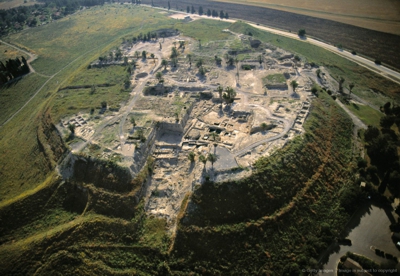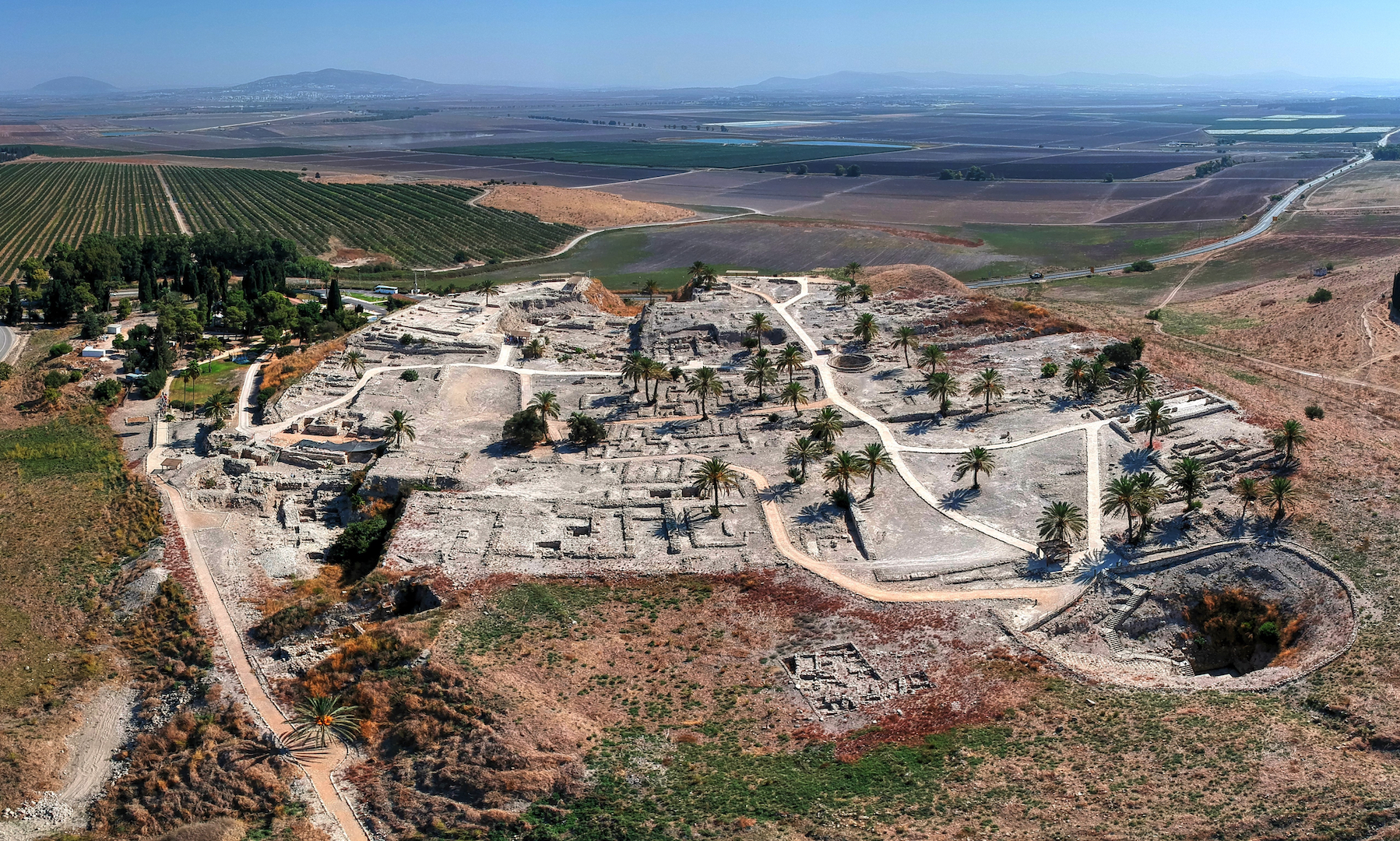Armageddon har megiddo has already been the site of several historical battles the last in 1918

Armageddon: A Site Steeped in Historical Battles

Located in northern Israel, the ancient site of Armageddon, also known as Har Megiddo, holds an intriguing past. Over the centuries, it has witnessed several historical battles, making it a significant location for both archaeologists and history enthusiasts alike. The last of these battles took place in the year 1918, leaving an indelible mark on the rich tapestry of this ancient region.
Throughout the ages, Armageddon has served as a strategic military point due to its elevated position and its ability to oversee a vast expanse of fertile land. The site’s name, Har Megiddo, translates to “Mount Megiddo,” which is fitting considering its geographical advantage and historical significance.
The earliest recorded evidence of warfare in Armageddon stretches back to the 15th century BCE during the Late Bronze Age. The Canaanites, who inhabited the area at the time, constructed a city on the high ground and established sturdy fortifications. These fortifications provided them with a fortified center from which they could defend their lands against potential invaders.
Fast forward to the 10th century BCE when the region was under the rule of King Solomon. Armageddon experienced extensive construction and became one of the most heavily fortified cities in the area. Its strategic location made it an essential outpost for Solomon’s empire, ensuring both military protection and economic prosperity through controlling regional trade routes.

In the following centuries, Armageddon witnessed the rise and fall of various civilizations, each leaving their mark on the site. The Assyrians, Egyptians, Israelites, and Persians all recognized the defensive potential of this ancient city, leading to numerous battles fought on its hallowed grounds.
Nevertheless, it was not until the Battle of Megiddo in 1918 during World War I that Armageddon played a significant role in modern history. The battle was fought between the Allied forces, commanded by General Edmund Allenby, and the Central Powers, primarily the Ottoman Empire. The goal of the Allies was to capture the strategic city and secure the route to Jerusalem and beyond.
The Battle of Megiddo became a decisive moment in the war as the Allies scored a resounding victory. This triumph was attributed to the implementation of innovative military strategies, including the use of aircraft and armored vehicles. As a result, the Central Powers’ defenses crumbled, paving the way for the liberation of Palestine and a crucial turning point in the conflict.
Today, Armageddon stands as a testament to the cyclical nature of history. Its ancient ruins serve as a reminder of the battles fought, the empires risen and fallen, and the countless lives that were shaped or lost in these hallowed lands.
In conclusion, Armageddon, or Har Megiddo, has witnessed numerous historical battles throughout the ages. From the Bronze Age Canaanites to the World War I Battle of Megiddo, the significance of this site cannot be understated. As we delve deeper into its rich history, let us not forget the lessons it imparts and the stories it holds, forever etched into the annals of time.
Source: Wikipedia - Tel Megiddo
Tags
Share
Related Posts
Quick Links
Legal Stuff

